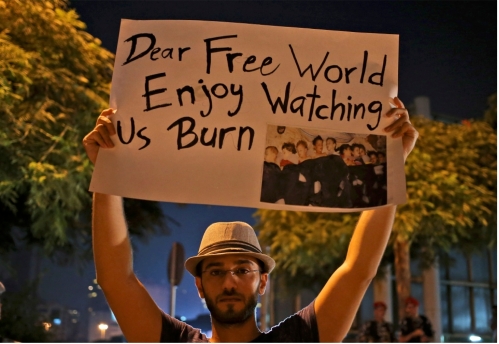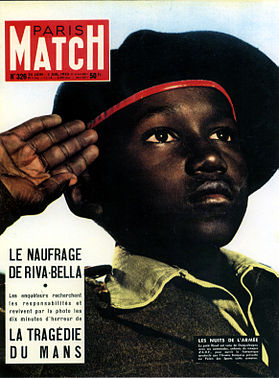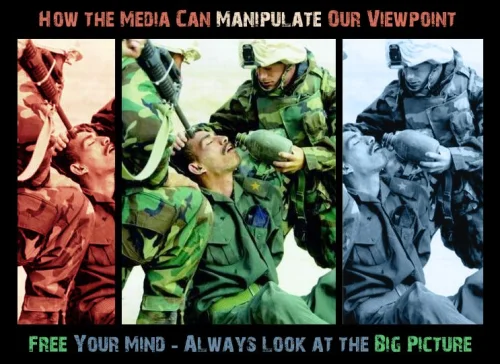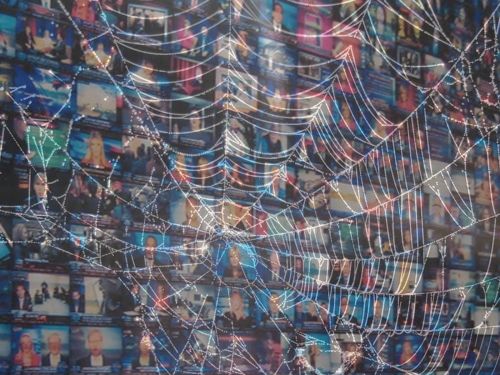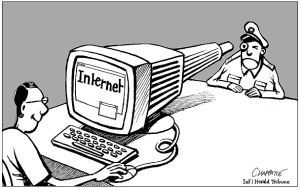There is a substantial increase in the global attention devoted to violence prevention and to the responses of civil society organisations. For example, the World Health Assembly adopted in 1996 a resolution that declared violence a major global public health issue and called for increased action (Krug et al 2002). 
An American site dedicated to providing guides for studies in criminal justice identifies 8 horror movies inspired real life crimes. The site claims that Natural Born Killers was associated with several serial killers and Scream and its popular ghost mask was behind the murder of a woman by her teenage son and nephew. The violent movie A Clockwork Orange was banned from UK cinemas because it was evident how the level of violent crimes has increased following its release, with many cases that exhibited twisted similarities with the film (Criminal Justice Degrees Guide online).
Naturally, such claims raise a serious matter considering how and whether crimes and aggressive behaviours are connected to and provoked by media violence. Correlations or coincidental relationships as noted do not establish causal relationships between the “reel” and the “real” violence.
Psychologists’ studies and scientific evidence integrated in qualitative and quantitative reviews came to the same conclusion: viewing violence increases aggression. On the other hand, the entertainment industry denies the findings and claims that the reflection exists but the other way around and that the media exhibits an image of the existing violence in society (Bushman & Anderson 2001). This claim is supported by the advocates of the “no-effect” hypothesis, as they agreed that the effect of media violence is negligible (Van der Voort, p.325).
Craig Anderson and Brad Bushman were advocates of the link between exposure to media violence and the increased aggression in real world. They presented many comprehensive studies that examined various aspects with thorough quantitative researches. They concluded that violent media teaches observers how to be aggressive, that it primes them and puts them in an aggressive state. It contributes on the long term, to forms viewing strategies that consider aggression as acceptable in conflicts, by changing five knowledge structures: beliefs and attitudes, perceptions, expectations, behaviour scripts and degrees of desensitisation (Anderson & Bushman 2001, p.355).
An impressive amount of research was dedicated to this topic and put forward several theoretical frameworks diverging in many directions without reaching any certainty. Ideas were sometimes focused on one aspect but neglected other significant ones. Theorists of the desensitising aspect researched media, based on this one aspect of Anderson and Bushman’s research. Their empirical researches compared the level of sympathy in subjects of the study before and after they were exposed to media violence, to conclude that such exposure makes people numb to real life violence (Sparks 2012, p.107). Other accounts considered the psychosocial perspective to explain the opposite behaviours of viewers in selecting television programs and movies based on their rating, or the individual differences of the exposure to violence and its influence (Kiewitz and Weaver 2001).
The world report on violence considered the multiple factors that could form a climate which encourages violence and grouped them into 5 different levels: the broadly external social level, the community context, the relationship level and the individual specific biological and personal level. Considering that the effect of media violence is just one factor out of many others in the social context, and adding the other 4 levels of causes according to the mentioned report, it becomes clear why the studies concerned with the influence of media violence didn’t reach a common conclusion.
References:
Anderson, C. & Bushman, B. September 2001, Effects of Violent Video Games on Aggressive Behavior, Aggressive Cognition, Aggressive Affect, Physiological Arousal, and Prosocial Behavior: A Meta-Analytic Review of the Scientific Literature, Psychological Science (Wiley-Blackwell), vol. 12, no. 5, p. 353, retrieved May 8, 2014 from Business Source Complete.
Bushman, B.J. & Anderson, C.A. June/July 2001, Media Violence and the American Public: Scientific Facts Versus Media Misinformation, American Psychologist, vol. 56, no. 6-7, pp. 477-489, retrieved May 7, 2014 from Business Source Complete.
Bushman, B, & Anderson, C, 2009, Comfortably Numb: Desensitizing Effects of Violent Media on Helping Others, Psychological Science (Wiley-Blackwell), 20, 3, pp. 273-277, retrieved May 7, 2014 from Business Source Complete.
Criminal Justice Degrees Guide, 8 Horror Movies That Inspired Real-Life Crimes, viewed May 5, 2014, <http://www.criminaljusticedegreesguide.com/features/8-horror-movies-that-inspired-real-life-crimes.html>.
Kiewitz, Christian & Weaver, James B. III 15 October 2001, Trait aggressiveness, media violence, and perceptions of interpersonal conflict, Personality and Individual Differences, Volume 31, Issue 6, Pages 821-835, retrieved May 5, 2014 from Science Direct.
Krug, E. G., Mercy, J. A., Dahlberg, L. L., & Zwi, A. B. 2002, The world report on violence and health, The Lancet, vol. 360, no.9339, Retrieved May 8, 214 from ProQuest.
Sparks, Glenn Jan 1, 2012, Media Effects Research: A Basic Overview, Cengage Learning, UK.
Van der Voort, T. H. A. Aug 31, 2009, TELEVISION VIOLENCE: A child’s eye view, Elsevier, USA.

